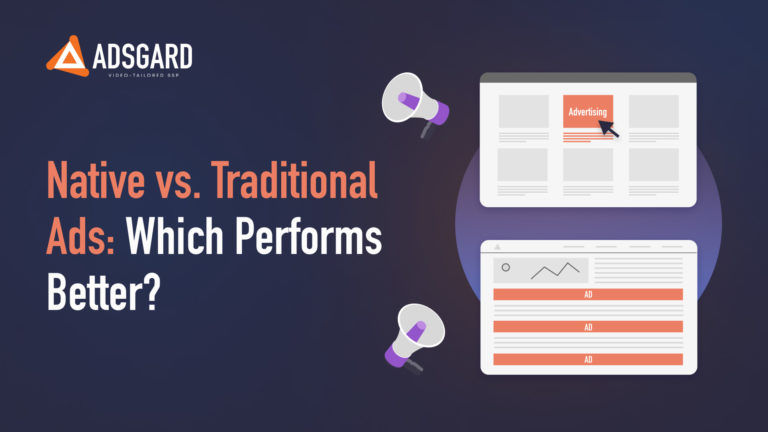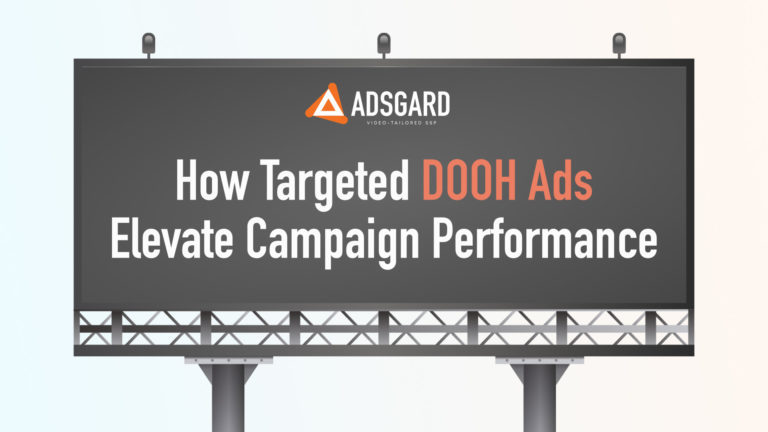
A CTV, which stands for Connected Television, is a device that enables customers to watch TV and video content online through an internet connection. This includes smart TVs, gaming consoles, and other internet-connected devices. It comes in various forms, such as Xbox, PlayStation, Roku, Amazon Fire TV, and Apple TV. Although CTV can stream Over-the-Top (OTT) content, it is essential to understand that CTV and OTT are not interchangeable terms.
Since 2014, CTV adoption in the United States has been steadily increasing. Currently, 87% of households in the US that own a television have at least one Internet-connected TV device, which can include connected Smart TVs, standalone streaming devices, connected video game systems, and connected Blu-ray players.
Every day, 28% of adults utilize a standalone device to watch video on a TV, 27% use an Internet-enabled Smart TV app, 12% rely on a connected game system, and 3% utilize a connected Blu-ray player.
According to an analysis by The Trade Desk, 87% of marketers perceive CTV advertising as just as effective, if not more, than traditional TV advertising. But what exactly makes CTV ads so impactful? The answer lies in the ability to deliver customized ads to specific audiences streaming video content on their TVs, allowing for skippable advertisements that resonate with the viewers.
As a testament to its effectiveness, CTV ad spending is projected to reach a substantial 38.83 billion US dollars by the end of 2026, based on the current growth rate. Furthermore, 95% of marketers have reported that CTV has successfully achieved their desired key performance indicators.
Difficulties Faced in CTV Ad
Despite the rapid growth of Connected TV advertising in recent years, this form of ad encounters various obstacles. Below are a few challenges commonly associated with CTV advertising:
- Fragmentation obstacle.
The multitude of platforms and devices consumers utilize to access CTV content creates a challenge for advertisers in efficiently reaching their intended audience.
- Ad-blocking difficulty.
Similar to traditional digital advertising, the prevalence of ad-blocking software among CTV content viewers poses a barrier for advertisers to reach their target audience effectively.
- Limited targeting challenge.
While CTV advertising offers specific targeting capabilities, such as location or device-based targeting, its scope is comparatively narrower than other digital advertising formats.
- Measurement issue.
Assessing the effectiveness of CTV advertising can be complex due to the absence of a standardized approach for tracking viewership across various platforms and devices.
- Ad Fraud problem.
Like any form of digital advertising, CTV advertising is vulnerable to ad fraud, encompassing fraudulent impressions and click fraud.
- Cost challenge.
CTV advertising tends to be costlier than other digital advertising methods, mainly targeting a broad audience spanning multiple platforms and devices.
Advantages Of Using CTV Ads
Connected TV advertising offers several benefits, making it an attractive option for advertisers. Here are some of the key advantages of CTV advertising:
- Budget-friendly option.
CTV advertising provides a cost-effective alternative to linear TV, allowing advertisers to reach premium networks without the constraints of minimum requirements.
- Distinctive possibilities.
CTV advertising offers advertisers the advantage of robust reporting, providing detailed insights into viewership segments and enabling adjustments based on the data.
- Guaranteed brand safety.
By incorporating CTV advertising through Private-Marketplace (PMP) or Open Auction (for example, SSP), ad fraud and brand safety concerns can be mitigated as the purchasing process eliminates ad fraud risks and ensures brand safety.
- Impressive ad completion rates.
CTV offers non-skippable ads, compelling viewers to watch the entire ad before resuming their programming. Consequently, industry-standard benchmarks for CTV boast a 94% video completion rate (VCR) and 100% viewability.
- Advanced targeting.
Rather than paying to reach a broad audience with varying demographics and interests, CTV allows advertisers to deliver ads to contextually relevant placements within predetermined content categories, ensuring that the ads are seen by consumers genuinely interested in their brand or product.
- Online tracking.
The availability of various measurement and attribution solutions now allows advertisers to access data that directly correlates the impact of CTV ads to sales, both online and offline, making this ad format justifiable for all stages of the consumer buying journey.
Summary
Connected TV advertising has become a powerful and impactful medium for reaching targeted audiences. With the rise in CTV adoption and the ability to deliver customized ads to specific viewers, CTV offers numerous benefits and potential for advertisers. These include cost-effectiveness, advanced targeting capabilities, guaranteed brand safety, impressive ad completion rates, and the ability to track online and offline conversions.
Despite some challenges, CTV advertising is a game-changer in the evolving digital advertising landscape, attracting substantial investment and delivering successful outcomes for marketers. Adsgard specializes in monetizing digital inventory through video content and, at the same time, offering our partners all possible advertising formats and integration options.



